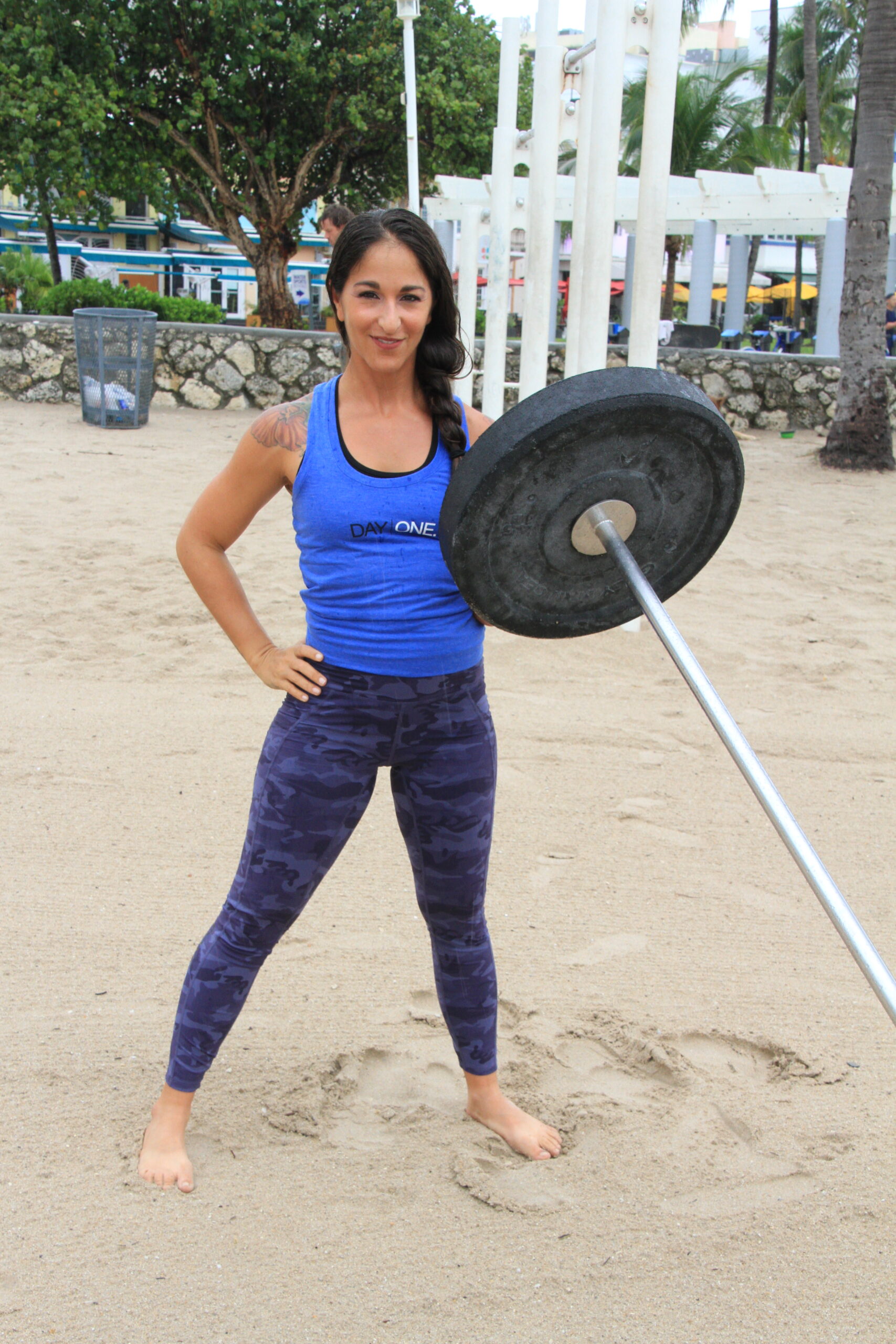Every time you move your muscles; whether it’s walking, lifting up a box, typing on your computer, or any other physical activity, you burn calories. The calories you burn are consumed in the form of energy by the muscles which you used to produce the effort of the activity. What that means for your body, is that when your body has more muscle mass you have the ability to burn more calories even as you rest and perform daily activities.
Myth Debunked
Men, on average, will have 40% more lean muscle mass than women. This is why men have a natural advantage over females when it comes to weight loss. In adolescence, men develop a larger amount of mean muscle mass, fueled by the testosterone hormone. In terms of our nature, men are mean to be providers, their larger amount of musculature would have been used to climb, hunt, forage, build and protect their families or tribe.
There is a myth that toning muscles will make women look bulky and more masculine; however, it takes a lot of work and very specific nutritional intakes and training regiments in order for a woman to greatly increase their muscle size. Even though toning your muscles can increase their size somewhat, in women this results in more of a lean and athletic look, rather than a bulky look. Having tones muscles will not only burn more fat, it will also provide a more stable structure for your core.
Benefits of Strength Training
Our anatomy shows that there are great benefits to maintaining and increasing the lean mass in your body. Other than the obvious weight management benefits, being stronger improves your balance and your ability to perform everyday activities. Weight training adds healthy stress to your bones, increasing their density and reducing the risk of osteoporosis. As you gain strength, you can begin to reduce the symptoms of some chronic conditions, such as, back pain, arthritis, obesity, depression, heart disease and diabetes.
Successful Training Programs
Successful training programs you must be planned and developed based on the specific goals your program aims to achieve. Once you determine your goals and program, your meal components will have to be determined to successfully recover your body. Tracking your progress is crucial as it will give you a clear idea of your successes and determine when you should advance the program to continue improving as you gain strength.
Tracking your progress will allow you a way to measure your improvements. Your progress lets you know when changes in the program should be made to account for continuing results. Benchmarks for progress measurement, how well you organize your schedule and how well you can sustain your efforts will determine whether or not you will achieve the results you desire.
Strength Training Options
Strength training can be done outdoor, at home or in a public or private gym. When strength training, the goal is to challenge your muscles to the point of exhaustion. A variety of options are available for you to challenge your strength:
- You can perform many exercises with little or no equipment
-
- Push-ups, lunges, pull-ups, planks and leg squats are some examples of body weight exercises
- At home, you can use water gallons, liter bottles or soup cans and create weight resistance easily
- Resistance tools tend to be inexpensive and lightweight
-
- Bands and tubing that stretches at varying levels of resistance are available and convenient to carry around or travel with
- Free weights, such as barbells, kettle bells and dumbbells; are classic strength training tools
- Weight machines are available at fitness centers or may be purchased, however they take the most amount of space and tend to be most expensive
-
- If your home has enough space, there are many home options available for your convenience.
The different between strength training and physical activity is the regimented way in which you develop a training to routine to achieve a specific result. Which means that you purposefully challenge the strength of your body in a specific way to achieve increased strength or muscle mass.

